Related Research Articles
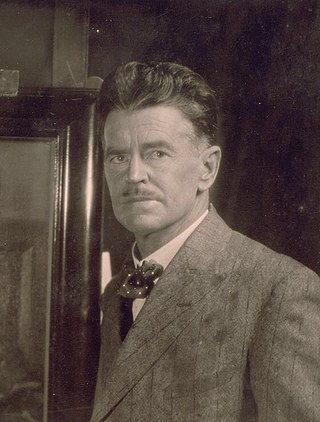
William Beckwith McInnes was an Australian portrait painter, winner of the Archibald Prize seven times for his traditional style paintings. He was acting-director at the National Gallery of Victoria and an instructor in its art school.
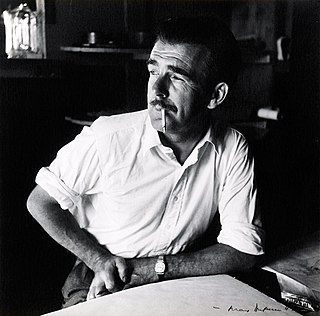
Sir William Dobell was an Australian portrait and landscape artist of the 20th century. Dobell won the Archibald Prize, Australia's premier award for portrait artists on three occasions. The Dobell Prize is named in his honour.
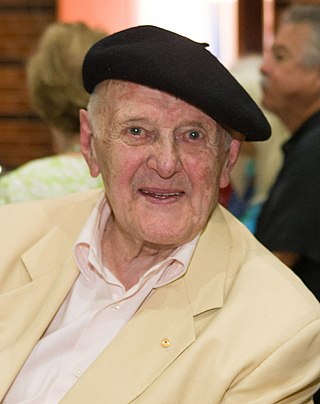
John Henry Olsen AO OBE was an Australian artist and winner of the 2005 Archibald Prize. Olsen's primary subject of work was landscape.
Nicholas Harding was a British-born Australian artist, known for his paintings, in particular portraits.
Sam Fullbrook was an Australian artist who was a winner of the Archibald Prize for portraiture and the Wynne Prize for landscape. He was described as "last of the bushman painters". However Fullbrook was fine art-trained and his sophisticated works are in every State art museum in Australia and international collections.
Ray Austin Crooke was an Australian artist known for his landscapes. He won the Archibald Prize in 1969 with a portrait of George Johnston.
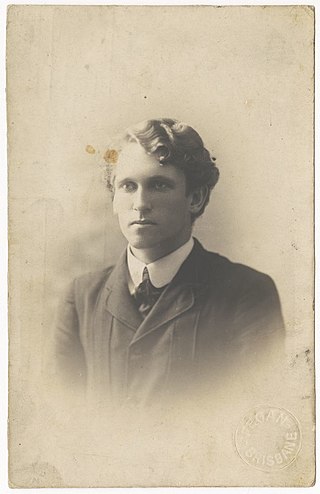
Lloyd Frederic Rees was an Australian landscape painter who twice won the Wynne Prize for his landscape paintings.
John Beard is a Welsh artist and painter born in Aberdare, Wales, now based in Sydney, Lisbon and London.
Elisabeth Cummings is an Australian artist known for her large abstract paintings and printmaking. She has won numerous awards including Fleurieu Art Prize, The Portia Geach Portrait Prize, The Mosman Art Prize, and The Tattersalls Art Prize. Her work is owned in permanent collections across Australia including Artbank, The Queensland Art Gallery, The Gold Coast City Art Gallery and the Art Gallery of New South Wales. She is notable for receiving recognition later in her career, considered by the Australian Art Collector as one of the 50 most collectible Australian Artists.
Richard Bell is an Aboriginal Australian artist and political activist. He is one of the founders of proppaNOW, a Brisbane-based Aboriginal art collective.
Del Kathryn Barton is an Australian artist who began drawing at a young age, and studied at UNSW Art & Design at the University of New South Wales. She soon became known for her psychedelic fantasy works which she has shown in solo and group exhibitions across Australia and overseas. In 2008 and 2013 she won the Archibald Prizes for portraiture presented by the Art Gallery of New South Wales. In 2015 her animated film Oscar Wilde’s The Nightingale and the Rose won the Film Victoria Erwin Rado Award for Best Australian Short Film.
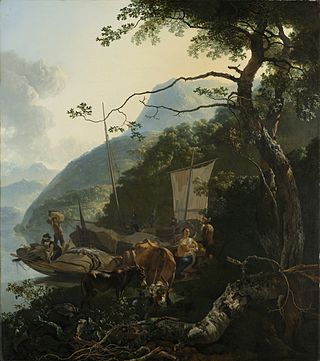
Sam Leach is an Australian contemporary artist. He was born in Adelaide, South Australia. Leach worked for many years in the Australian Tax Office after completion of a degree in Economics. He also completed a Diploma of Art, Bachelor of Fine Art degree and a Master of Fine Art degree at RMIT in Melbourne, Victoria. Leach currently resides in Melbourne. Leach's work has been exhibited in several museum shows including "Optimism" at the Queensland Art Gallery and "Neo Goth" at the University of Queensland Art Museum in 2008, in 2009 "the Shilo Project" at the Ian Potter Museum of Art and "Horror Come Darkness" at the Macquarie University Art Gallery and "Still" at Hawkesbury Regional Gallery in 2010. His work is held in public collections of regional galleries of Geelong, Gold Coast, Coffs Harbour, Newcastle and Gippsland and the collections of La Trobe University and the University of Queensland.
Fiona Lowry is an Australian painter who airbrushes pale colours to portray landscapes with people in them. The landscapes are beautiful and ambiguous, provoking the dangerous side of wilderness. Lowry also paints portraits and won the 2014 Archibald Prize at the Art Gallery of New South Wales with a portrait of Penelope Seidler. She is represented in the National Gallery of Australia, as well as the state galleries of Australia and in private collections.
John Peart was an Australian contemporary artist. Peart won the Wynne Prize in 1997, the Sulman Prize in 2000, and was twice a finalist for the Archibald Portrait Prize.
Vincent Namatjira is an Aboriginal Australian artist living in Indulkana, in the Anangu Pitjantjatjara Yankunytjatjara in South Australia. He has won many art awards, and after being nominated for the Archibald Prize several times, he became the first Aboriginal person to win it in 2020. He is the great-grandson of the Arrente watercolour artist Albert Namatjira.
Sally Robinson is an English-born Australian artist. She has had a long career as a portrait artist and designer, painter and printmaker, teacher and lecturer. Her work is represented in private and public collections around Australia.
Ann Thomson is an Australian painter and sculptor. She is best known for her large-scale public commissions Ebb Tide (1987) for the Sydney Convention and Exhibition Centre and Australia Felix (1992) for the Seville World Expo. In 1998 she won the Art Gallery of New South Wales' Wynne Prize. Her work is held in national and international collections, including: the National Gallery of Australia, Canberra; Art Gallery of New South Wales, Sydney, Newcastle Art Gallery, Newcastle, Thyssen-Bornemisza Collection, Madrid and Villa Haiss Museum, Germany.
Anne Wallace is an Australian painter. Her works have appeared in major exhibitions and are held in major collections.
Abdul Abdullah is a Sydney-based Australian multidisciplinary artist, the younger brother of Abdul-Rahman Abdullah, also an artist. Abdul Abdullah has been a finalist several times in the Archibald, Wynne and Sulman Prizes. He creates provocative works that make political statements and query identity, in particular looking at being a Muslim in Australia, and examines the themes of alienation and othering.
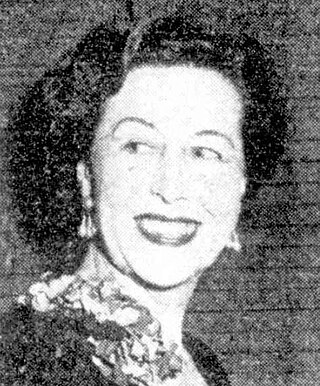
Treania Helen Lindsay Smith, also known as Ena Smith but best known as Treania Smith, was an Australian art dealer, art gallery owner and artist.
References
- ↑ Museum of Art, Metropolitan. "William Robinson - Collection Search". www.metmuseum.org. Retrieved 28 May 2021.
- ↑ Gallery of Australia, National. "NGA collection search results". artsearch.nga.gov.au. Retrieved 28 May 2021.
- ↑ Clifford, Alison. "QUT Art Museum". www.artmuseum.qut.edu.au. Archived from the original on 24 August 2017. Retrieved 21 March 2018.
- ↑ "William Robinson Gallery". Old Government House . Queensland University of Technology. 5 September 2017. Archived from the original on 14 March 2018. Retrieved 21 March 2018.
- ↑ "William Robinson digital story, educational interview and oral history". State Library of Queensland OneSearch Catalogue.